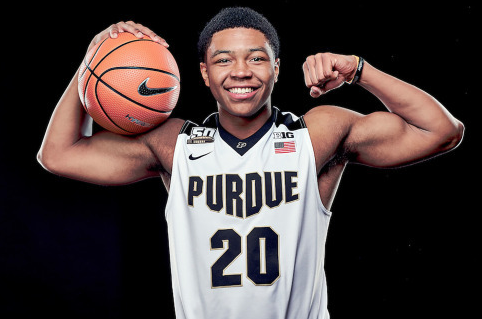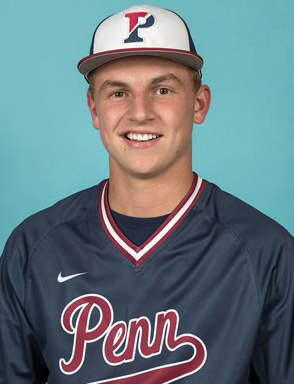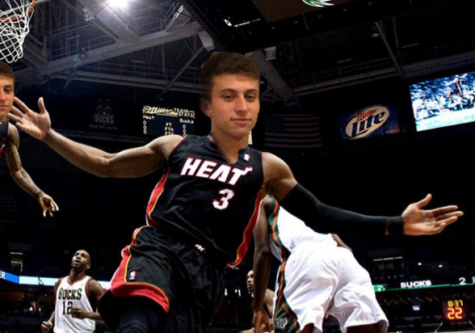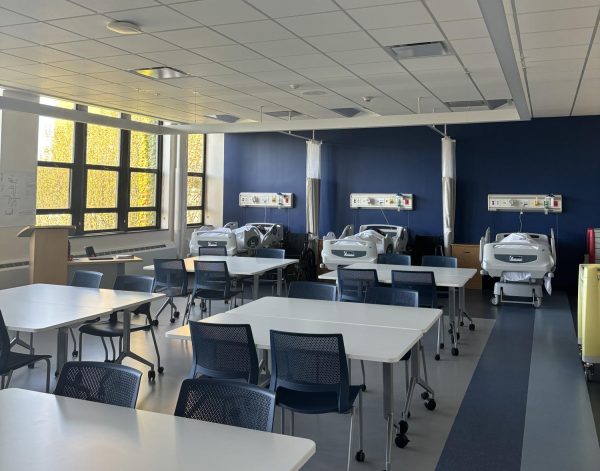Recent grads find unique experiences at D1 level

Nojel Eastern. Photo courtesy of PurdueSport.
November 3, 2017
The Division 1 level is the premier tier for college student-athletes, and many of Evanston’s own have found success at this level in recent years. Since 2015, ETHS has sent 38 student-athletes to Division 1 institutions, and many have attributed their current success to what they learned while representing Evanston.
2016 graduate Iana Wolff swims for Michigan State, specifically the Sprint Freestyle and Butterfly events, and was able to make a splash right away. Last year, Wolff set a Michigan State freshman record in the 100 Fly at the Ohio State Last Chance Meet, and also swam in the Big Ten Championships.
“Practicing 20 plus hours a week while taking more than five classes is hard to adjust to, in addition to making sure you are getting enough sleep and eating right,” Wolff said.
Wolff credits her coaches, teachers and AP classes at ETHS for helping her prepare for the jump to the grind of D1 academics and athletics.
After redshirting as a freshman last year for the football team, fellow Spartan Naquan Jones has seen the field in each of the team’s first six games this season. He currently has five total tackles, including one tackle for loss against Iowa on Sept. 30.
“The biggest perk is just knowing you’re inspiring people, and people from all over are looking up to you,” Jones said.
Jones also noted that while social life as a Division 1 athlete is a major part of the experience, he has been given many resources to help balance this with academics and athletics.
Across Lake Michigan over at the University of Wisconsin-Madison, freshman Maia Cella has seen action in all 16 games for the Badgers’ womens soccer team this season, including starts against Creighton and Northern Illinois. Cella has scored one goal and completed two assists so far, and on Oct. 15 returned to Evanston to face Northwestern, drawing a crowd of former teammates.
While the transition from high school to the D1 level is tough, Cella credits her team for making it this far from the case.
“I’m already really close with most of my teammates, and it has made the transition much easier for me from the very beginning,” Cella said.
Another Big Ten athlete, Nojel Eastern, recently helped the Purdue basketball team win silver at the World University Games in Taiwan this past August, and looks to start off the regular season strong on Nov. 1 against Carroll College. Eastern averaged 5.6 points and 14.5 minutes during the team’s eight-game stretch in Taiwan.
“In all honesty being an athlete, they give you so much support and help show that if you don’t do well, the only person you can blame is yourself,” Eastern said.
Outside of the Big Ten, other athletes, such as Penn sophomore Dylan Mulvihill are finding their strides and adjusting to their new lifestyle. As a pitcher for the Quakers, Mulvihill is looking forward to a strong sophomore season.
“The biggest challenge for me was coming into a baseball program that already had an extremely strong and successful starting pitching staff,” Mulvihill said. “This made it tough to get playing time as a freshman, but I would also say that it really helped me as an athlete.”
A fellow Ivy Leaguer, Brown freshman water polo player Riley Hughes has found that her athletic family at the school is much of what makes her experience great.
“One of my favorite parts of being an athlete on campus is the athlete community here,” Hughes said. “Everyone supports each other and goes to other teams’ games. It’s a helpful network to make new friends.”
Like many of her fellow student-athletes, Hughes said that she has been able to manage her schedule with the help of her coaches and advisors.
Many athletes at the Division 1 level have been able to make the transition from ETHS to the college without any major roadblocks, and it is evident that their time here has contributed to the success they have experienced. Nothing about their jump is easy, but with the help of teachers, coaches, and other mentors, it is clear they have a substantial system of support.

















